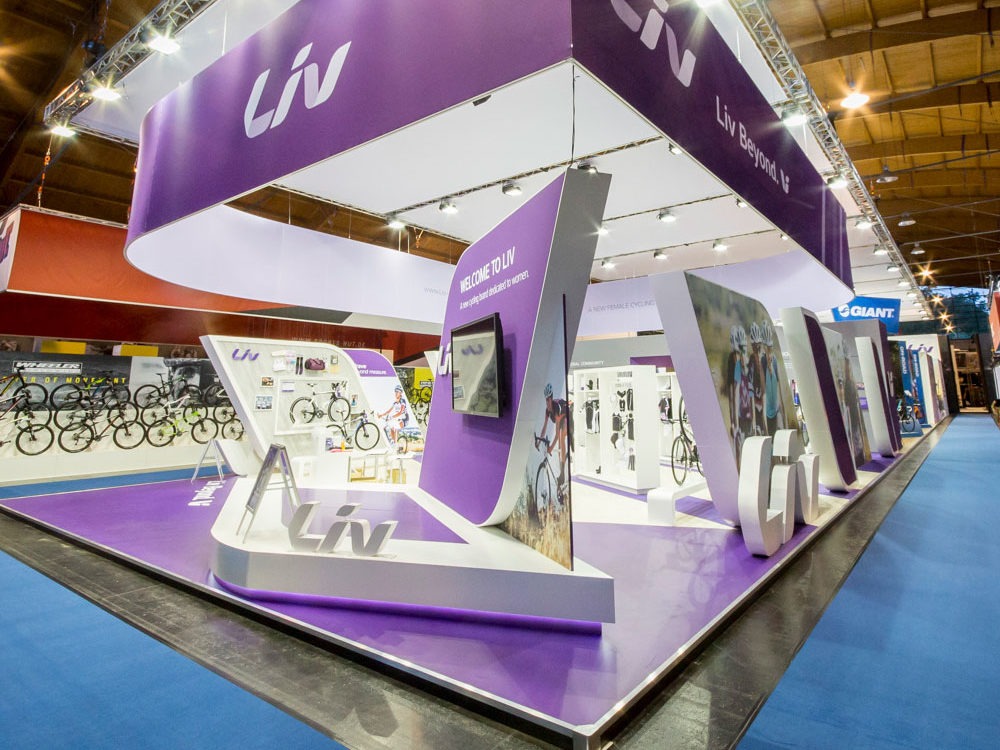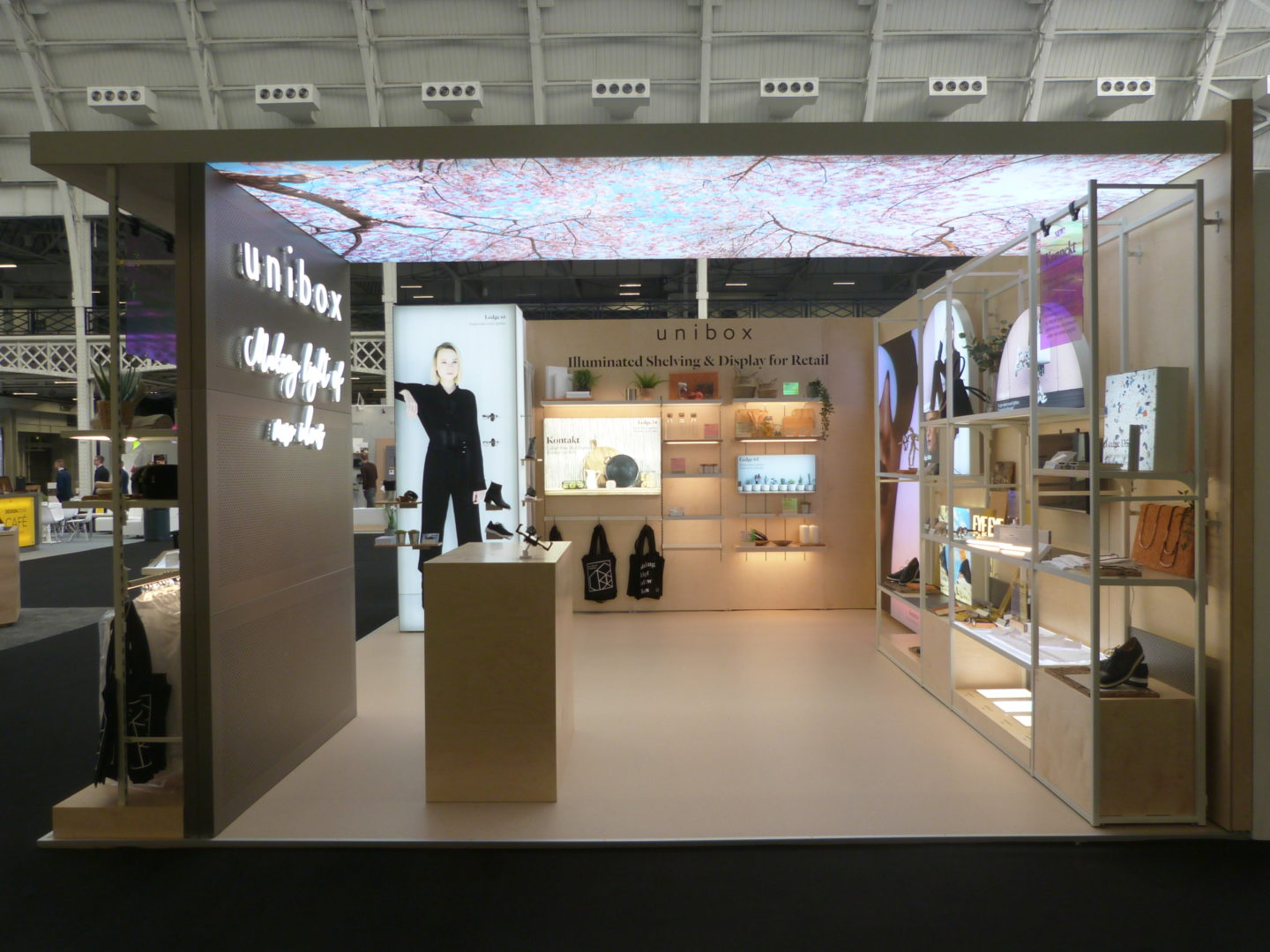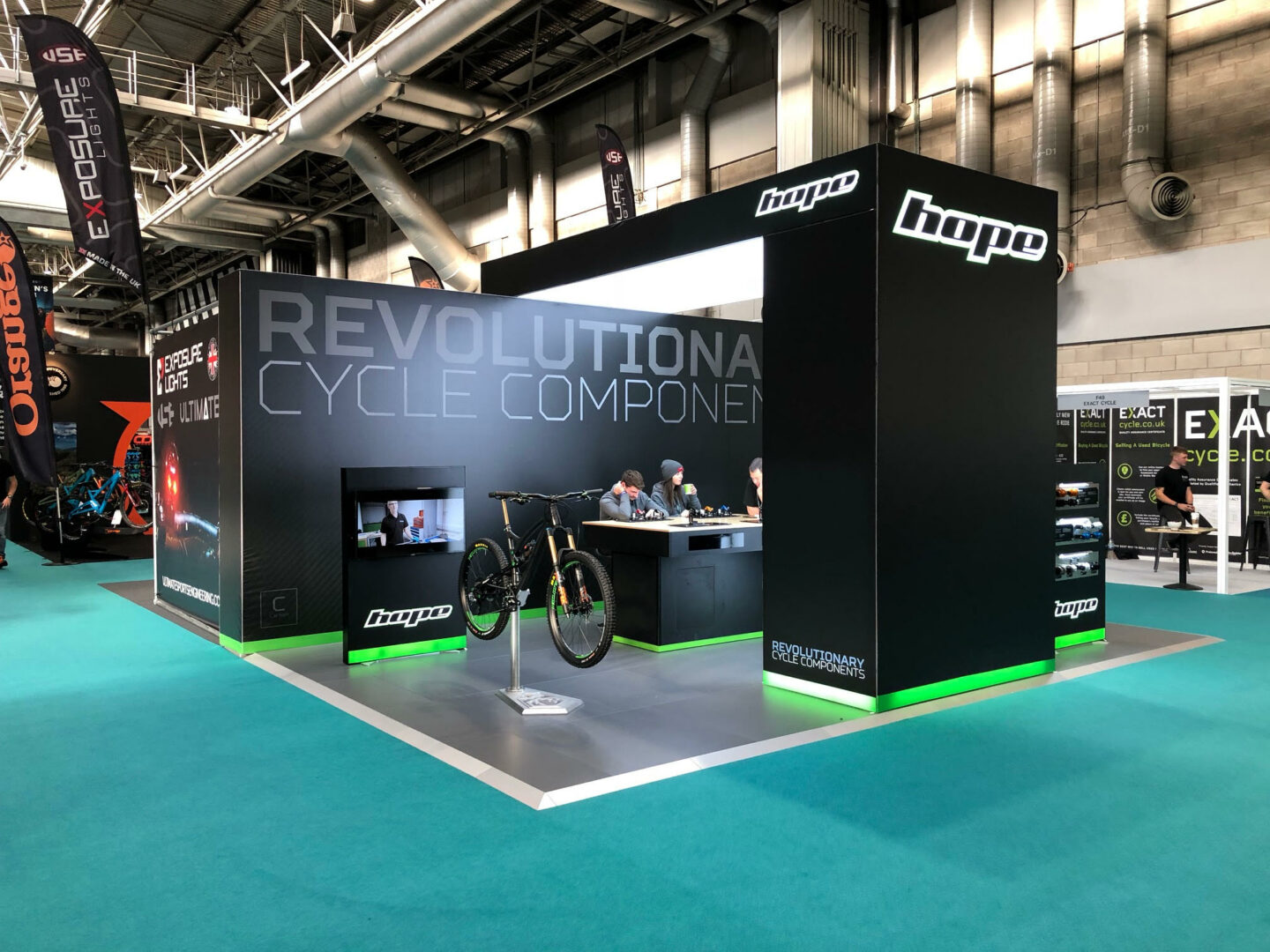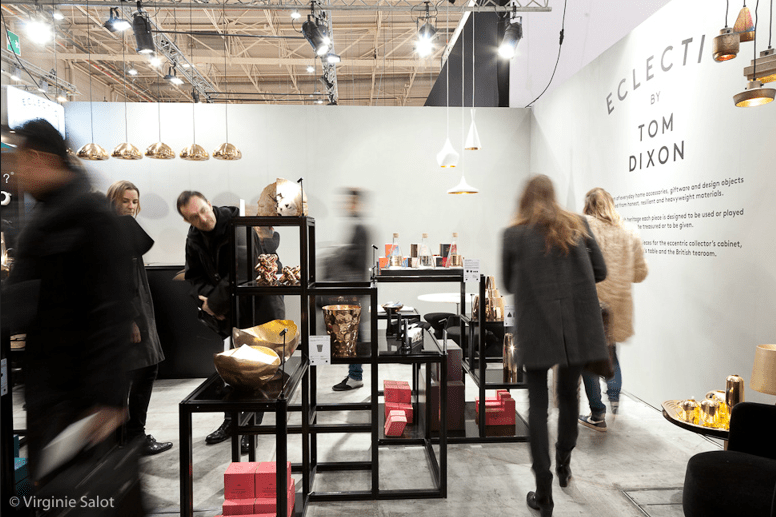
The Best Lighting for Exhibition Stands
Lighting is one of the most important yet underutilized aspects of exhibition stand design. It can decide how a brand’s presence at an exhibition or event is perceived by visitors and can completely transform the ways in which products are presented.
There are many different types of lighting that can be used to enhance exhibition stands, from accent lights and illuminated graphics to ceiling-mounted fixtures and shelf lights. The most effective exhibition spaces use a combination of these together to create visually exciting environments that are able to facilitate meaningful interactions between exhibitors and attendees.
In this blog post, we’ll discuss the different approaches to incorporating lighting into exhibition stands and offer our insights on how each can be used to aid the creation of stands that make a real impact in busy exhibition halls.
Types of Exhibition Stand Lighting
Illuminated Graphic Displays
LED lightboxes are an ultra-effective way of creating illuminated graphic displays within exhibition stands. They are available in a range of different shapes, sizes and material finishes to suit brand-specific design guidelines and can be engineered to operate with different LED technologies depending on an individual user’s needs.
LED lightboxes tend to use aluminium frames to house printed fabric graphics or rigid graphic panels, both of which are illuminated from either the sides or the back to create high-impact installations.
Illuminated graphics are proven to be more eye-catching and more memorable than non-illuminated graphics meaning they are more effective at attracting the attention of an exhibition’s attendees to a brand’s products and services.

What’s more, graphic lightboxes can be engineered to operate as motion-effect displays through the use of technologies such as Kinetik. This relies on LED modules being carefully programmed to turn on and off in sequence to replicate the appearance of LCD screens.
Lightboxes can also be supplied in flat-pack format which is ideal for exhibitors who need lighting fixtures that can be easily transported between events. Flat-pack lightboxes enable the installation of large, eye-catching illuminated graphics that can be assembled and disassembled along with the exhibition stand itself.
Illuminated Signage
Illuminated signs are crucial for brands seeking to grab the attention of visitors in busy, tightly-packed exhibition halls. Signage with integrated LED lights can be created in brand logos, written messages and product descriptions to ensure that they stand out from the crowd and are easily visible from a distance.

Neon-effect signage is a particularly effective form of illuminated signage. Unlike traditional neon which is prone to breaking, neon-effect signs enable brands to replicate the same unmistakable aesthetic and bring a sense of retro charm into their exhibition space.
Illuminated signage isn’t typically used to provide any of the ambient light on an exhibition stand, though. It is a decorative feature that helps to communicate a brand’s identity but that needs to be used in conjunction with other more functional light sources.
Accent Lighting
Accent lighting is another very important aspect of exhibition stand design. Defined as being light sources that draw attention to a particular item or feature, accent lights are used to transform specific areas of exhibition spaces into focal points and encourage attendees to direct their attention in that direction.
Types of accent lighting used on exhibition stands include spotlights, under-shelf lighting and lamps. These are generally directional light sources, meaning they are installed to point in a particular direction to highlight a given product, promotion, service or experience.
Ceiling-mounted Lighting
With exhibition stand design becoming ever more elaborate, many stands now include floors and ceilings. This gives exhibitors greater scope to create ultra-immersive brand experience spaces that use ceiling-mounted light fixtures to encourage visitors to feel as though they are stepping into a brand’s very own section of the exhibition hall.

Ceiling-mounted lights such as ceiling light boxes are also incredibly important for delivering the appropriate levels of ambient lighting onto an exhibition stand. Without adequate amounts of ambient light, we are unable to use spaces properly and are likely to find them unenjoyable or oppressive.
Top Tips for Exhibition Lighting
1. Take inspiration from retail.
Retailers are experts when it comes to using lighting to enhance their stores and promote products. Retail spaces use a wide range of graphic lightboxes to display product information and seasonal artwork along with accent lights and ambient lighting systems to communicate their brand’s identity.
Ultimately, exhibitions are just very high-pressured sales environments. They provide businesses with an opportunity to promote their products and services to large numbers of potential customers and so should give the same care and attention to the types of lighting they use as do retailers.
Not only does lighting help to catch the attention of passers-by, it also contributes towards increased dwell time and improved conversion rates. Retailers understand that customers react best when they can see goods properly without having to strain their eyes and exhibitors should take note of this when designing their exhibition stands.
2. Understand the psychological impacts of light.
Light has a huge impact on our moods, thoughts, feelings, actions and behaviours. It can determine whether we find a space relaxing, stressful, cosy, energising or otherwise.
Cooler LED lights (those with colour temperatures of more than 4000K) are known to make an environment feel more clinical whereas warmer LED lights (those with colour temperatures of less than 4000K) make a space feel more intimate.
Exhibitors should consider the identity of their brand and the aesthetic preferences of their target markets in order to specify exhibition stand lighting that is best suited to their products. For example, a pharmaceuticals exhibition should use cooler lighting whilst a home furnishings exhibition should use warmer lighting.
3. Make lighting a priority from the outset.
Lighting can’t be an afterthought when it comes to designing exhibition stands. It needs to be given careful consideration right from the start of a design process to ensure that it can be optimised to perform according to the particular needs of a brand.
If light fixtures don’t reflect a brand’s identity, they can actually detract from the overall efficacy of their exhibition stand by alienating potential customers who will be expecting to have a certain experience when interacting with a brand.
Conclusions
It’s clear, then, that there is a wide range of different lighting options for exhibitors to use on their exhibition stands. Each type has its own special function and the most successful exhibition spaces use a variety of different lighting elements together.
With a wealth of experience and advanced manufacturing capabilities, at Unibox, we’re reengineering the typical exhibition stand; creating custom display spaces that are equipped to meet the needs of your business.
For more information about how to use lighting to enhance your next exhibition stand, contact our team here.





